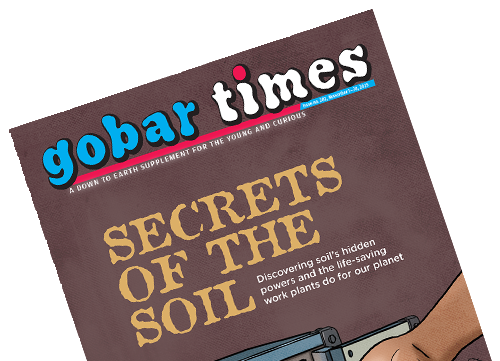.png)
Plastic items from takeaway food and drink dominated the litter in the world’s oceans, according to a new study. The study, published in the journal Nature Sustainability was funded by the BBVA Foundation and the Spanish science ministry. The study shows that just 10 plastic products including plastic lids and fishing gear accounted for three-quarters of the litter. This is due to their widespread use and extremely slow rate of degradation.

Global warming is causing hot places to become even hotter. Hence, animals in desert areas will feel more thirsty than ever before. Is the weather in your place warmer than it was last year? Think about it and colour the picture.

What is the truth behind India's honey? How pure is the honey made by your favourite brand? Are you eating nature's wonder food or are the companies selling you cheap and unhealthy sugar? To find these answers let us look at the latest report by the Delhi based Centre for Science and Environment or CSE. CSE has earlier exposed pesticides in colas and packaged drinking water, antibiotics in honey, GMO's in packaged food, and excess salts and trans fat in junk foods...

While there is no escape from washing hands regularly, we can definitely be more mindful of the way we use water and avoid its wastage. According to the World Health Organization (WHO) guidelines on hygiene practices, the simple act of hand washing using a soap and water, is one of the most effective tools to protect us from getting infected by the coronavirus. Practices such as washing hands before and after eating or using the toilet, maintaining one-arm distance when around others and...

Salem is one of the largest cities in Tamil Nadu, India. More than 1 million people live here. Piyush Manush is the convener of the Salem Citizen's Forum (SCF). SCF is an informal group, involved in protecting Salem's environment. The lake was built by the British for irrigating nearby farmlands. The lake is spread across 58 acres and used to be a major water body of the city. But gradually it became a dumpsite for Salem's municipal solid waste. In 2010 SCF took over the work of cleaning the lake. But first, they had to get rid of the garbage and then desilt the waterbody.

What kind of world will the younger generations inherit? Piu gets a hint.

